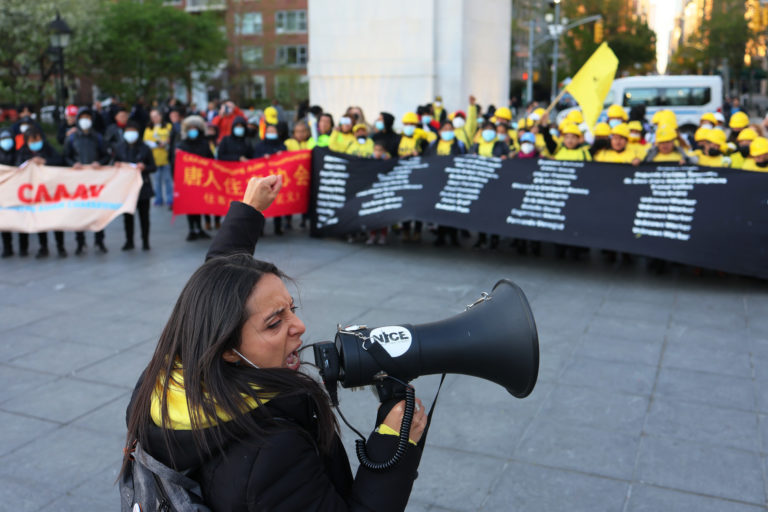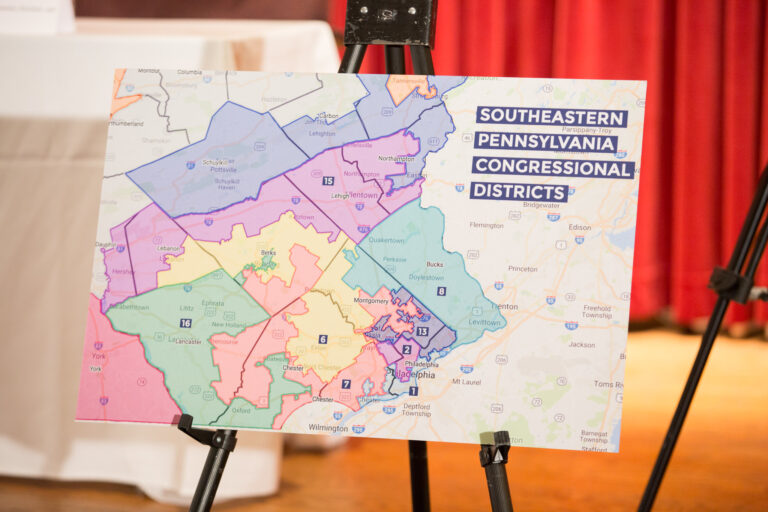
Alexandra Butler is a student at Harvard Law School.
Last week, according to the Department of Labor (DOL), 900,000 people filed for state unemployment assistance. While the number of new claims did decrease by 26,000, many economists note that these “claims continue to show a job market unable to progress further as long as COVID-19 remains in the driver’s seat.” Highlighting the current strain on the unemployment system, a New York Times editorial puts the crisis in a larger context by emphasizing the underlying structural issues with state unemployment systems. Namely, the article examines how budget cuts and a changing job landscape have made it so that no state provides benefits to all those who are unemployed and in need. For example, New Jersey has a 58% coverage rate, while North Carolina has a coverage rate of only 9%. The authors highlight that, though many solutions have been proposed, any reform “will require a substantial political effort.”
Two days into his term, President Biden has made several new policy and personnel decisions reflecting this administration’s desire to improve the conditions and lives of workers around the country. On Thursday, Sharon Block, a senior contributor for OnLabor, was tapped to lead the White House Office of Information and Regulatory Affairs (OIRA). A long-time advocate and proponent for strong worker protections, Block is no stranger to OIRA, having worked with the office while serving in the Department of Labor under President Obama. Her interim appointment could allow OIRA to become an important player and leader in “protecting the health and jobs of American workers.” OIRA is responsible for creating a cohesive administrative state. Specifically, it ensures that the administration’s priorities are reflected within federal agency rules, serving as the ultimate “regulatory gatekeeper” for agency action. A worker-friendly leader at the head of OIRA could allow the Biden Administration to mobilize an agenda that prioritizes workers and the labor force.
As COVID-19 vaccinations become more common, labor unions will likely need to balance the desire to vaccinate their workers with their obligations to protect members who may not want to take the vaccine. To address this dilemma, many unions have largely emphasized worker choice and the use of comprehensive education campaigns about the vaccine to inform decisions. Nevertheless, both union leaders and legal scholars have noted that an employer vaccine mandate outside of the scope of a current collective bargaining agreement could expose the employer to a legal challenge.
Some employers have opted for monetary incentives to encourage vaccination among their employees, a response to what seems to be a high level of distrust regarding the vaccine’s safety. While some argue the potential efficacy of this plan, others worry that these vaccination bonuses could further exacerbate a person’s discomfort with immunization. Specifically, one professor highlights that “[o]ffering incentives can signal that the incentivized behavior is unpleasant, risky, or difficult.”






Daily News & Commentary
Start your day with our roundup of the latest labor developments. See all
December 18
New Jersey adopts disparate impact rules; Teamsters oppose railroad merger; court pauses more shutdown layoffs.
December 17
The TSA suspends a labor union representing 47,000 officers for a second time; the Trump administration seeks to recruit over 1,000 artificial intelligence experts to the federal workforce; and the New York Times reports on the tumultuous changes that U.S. labor relations has seen over the past year.
December 16
Second Circuit affirms dismissal of former collegiate athletes’ antitrust suit; UPS will invest $120 million in truck-unloading robots; Sharon Block argues there are reasons for optimism about labor’s future.
December 15
Advocating a private right of action for the NLRA, 11th Circuit criticizes McDonnell Douglas, Congress considers amending WARN Act.
December 12
OH vetoes bill weakening child labor protections; UT repeals public-sector bargaining ban; SCOTUS takes up case on post-arbitration award jurisdiction
December 11
House forces a vote on the “Protect America’s Workforce Act;” arguments on Trump’s executive order nullifying collective bargaining rights; and Penn State file a petition to form a union.